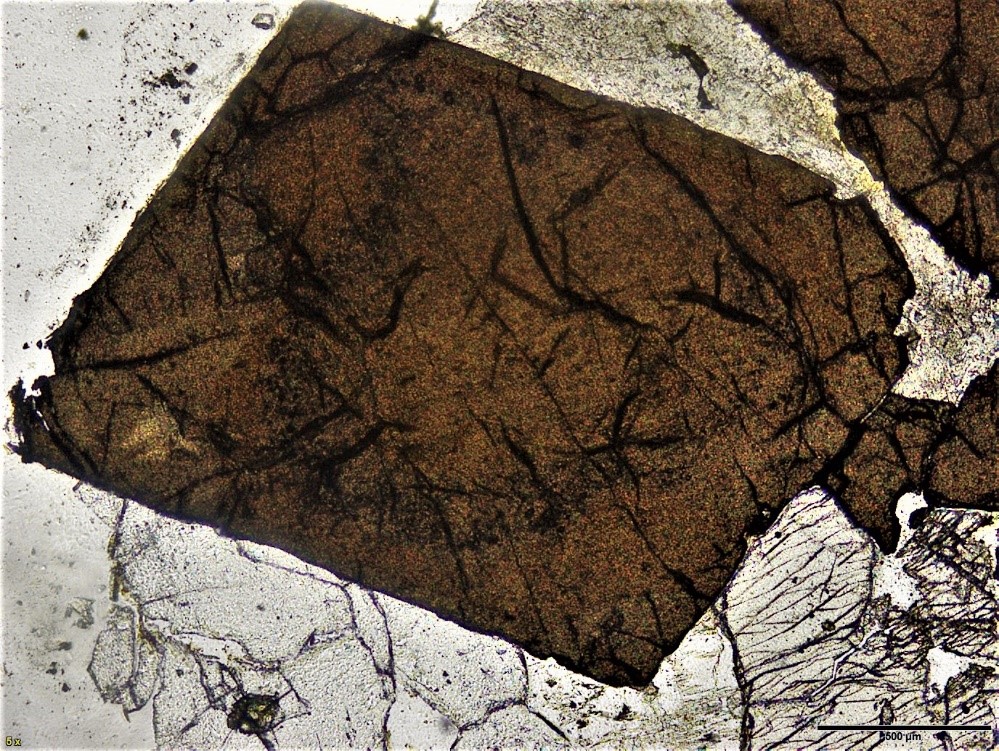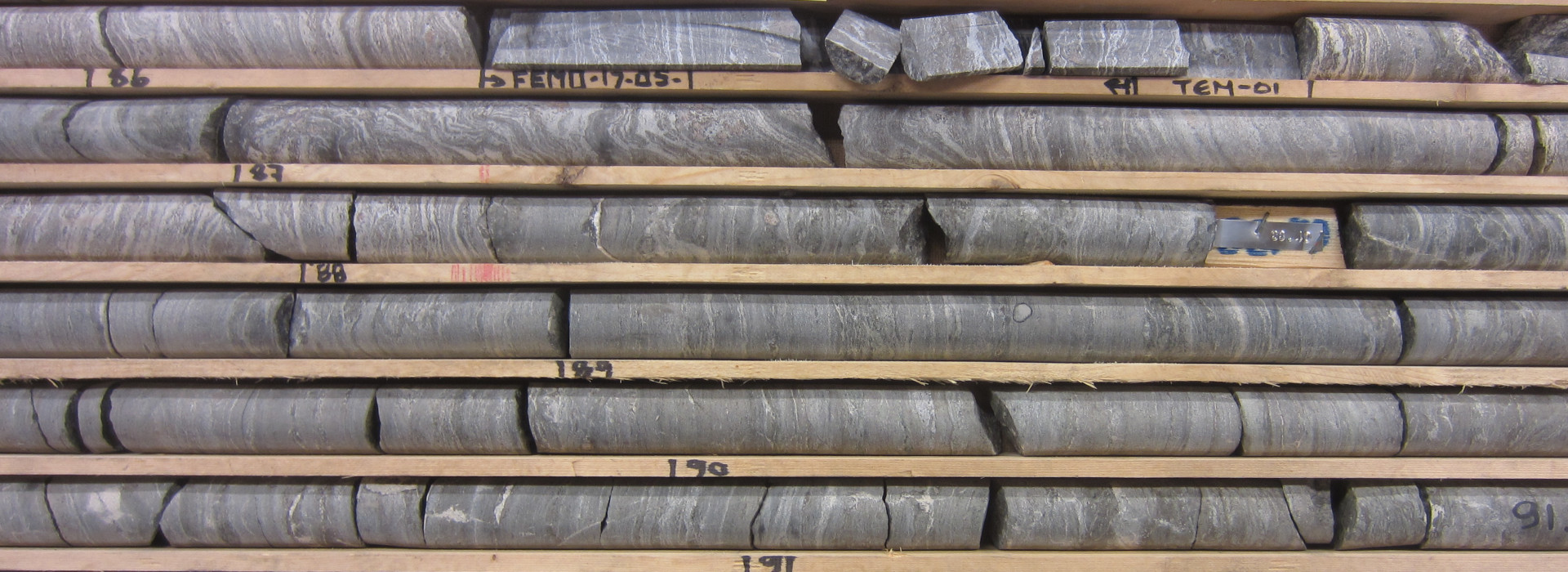
The role of early cumulate formation for HFSE enrichment in foidolitic systems
- Ansprechperson:
- Förderung:
DFG grant WA3116/5-1
This is a joint project of the Geochemistry & Economic Geology of KIT and the Petrology Group at the University of Tuebingen and is part of the Germany-wide priority programme DOME. Foidolites are mantle-derived and strongly SiO2-undersaturated plutonic cumulate rocks. Studies on economically interesting HFSE deposits associated with foidolitic rocks are generally rare, but the Gardiner Complex in E-Greenland and the Kovdor Complex in Russia were studied in some detail. The various lithologies of both complexes are believed to derive from a mela-nephelinitic parental magma. In both complexes a suite of peridotitic rocks (dunite & clinopyroxenite), melteigitic to urtitic rocks, foidolitic rocks (melilitolite) and carbonatite occur. Although the parental magma compositions are melanephelinitic for the Kovdor and Gardiner complexes, the mineralogical composition of melilitolite and carbonatite of these two complexes show clear differences: Melilitolite of the Gardiner Complex shows ore grade enrichment of perovskite in cumulates, whereas melilitolite at Kovdor contains only accessory perovskite. In contrast, Kovdor carbonatite is HFSE-mineralized, but at Gardiner these rocks are barren in HFSE. This project aims at comparing these two similar complexes in detail and to decipher the processes leading to the HFSE-enrichment in early cumulates at Gardiner and the late-stage HFSE-enrichment in the Kovdor carbonatite.
The proposed study will be guided by the following two working hypotheses: (i) the mineralogical differences between the peridotitic rocks (minor chromite versus minor Ti-magnetite) and melilitolite (presence or absence of massive perovskite cumulates) at the Gardiner and Kovdor complexes relate to differences in their parental magma composition, which influenced the timing of perovskite saturation; (ii) the concentration of HFSE in carbonatite of Gardiner (low) and Kovdor (enriched) relate to the intensity of previous perovskite fractionation. To test these hypotheses, detailed petrographic, mineral chemical and petrological data for the different rock types of the two complexes will be gathered and thoroughly compared. Special focus will be given to the distribution of REE + HFSE (Zr, Hf, Nb, Ta) between apatite, clinopyroxene, olivine, perovskite, and melilitite. The project further aims at developing exploration indicators that will help to search for the different enrichment types within a complex (early cumulate versus late stage magmatic versus hydrothermal overprint).
